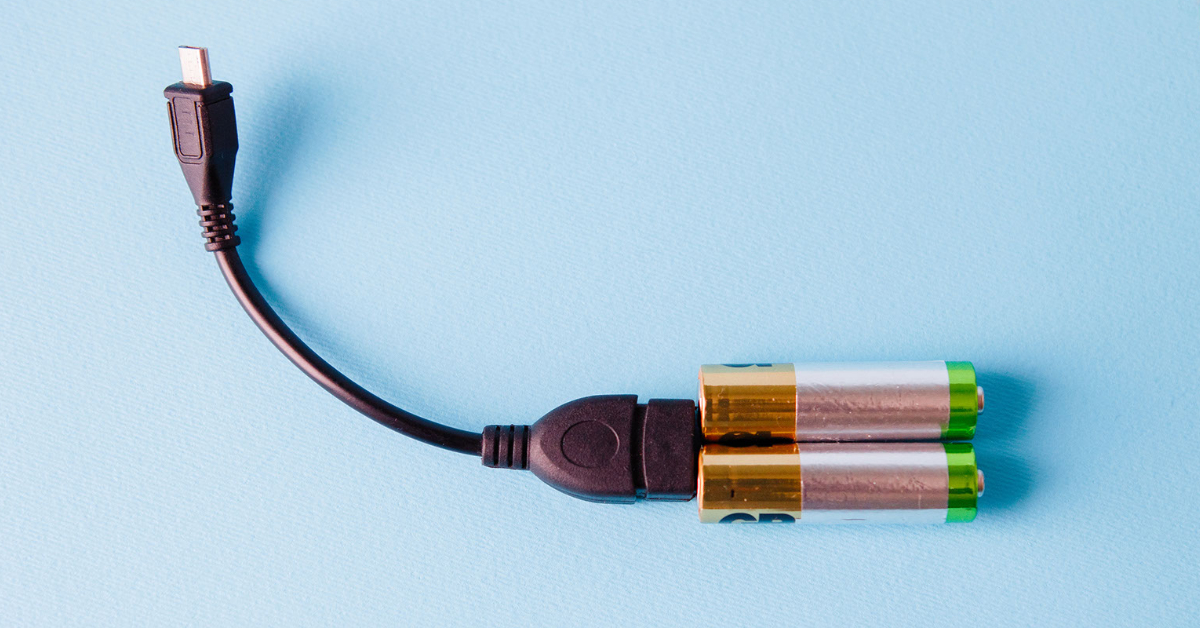Buying Guides
USB Rechargeable Lithium-Ion or Alkaline Batteries
Practically, a device that comes with rechargeable lithium-ion batteries is a better option as it can be used without having to buy batteries all the time. The cost of a rechargeable device might be high initially, but it pays off in the long run.
Lithium-ion chemistry gives a constant output voltage of around 3.7V, so more voltage is available to power your device than AA or AAA batteries.
USB rechargeable lithium-ion batteries are also better for the environment because of fewer chemicals, less mining, and less waste.
USB rechargeable devices offer a better user experience. They are convenient as they can be recharged via any USB port you can find near you, such as a computer, power bank, solar panel, or even in your car. They charge fast, so even if you get caught with an urgent need, you can plug them in for a quick charge and use them.
Nonetheless, it is important to note the performance deterioration of rechargeable batteries. They will lose their charge slowly if not used regularly. They have a use cycle and degrade over time. That means there’s a limit on how many times you can charge and discharge the battery.
In conclusion, the USB rechargeable choice is excellent for people who need a reliable power source for their gadgets and comfort of usage, but those who don’t need to use their devices regularly might want to consider other options.

